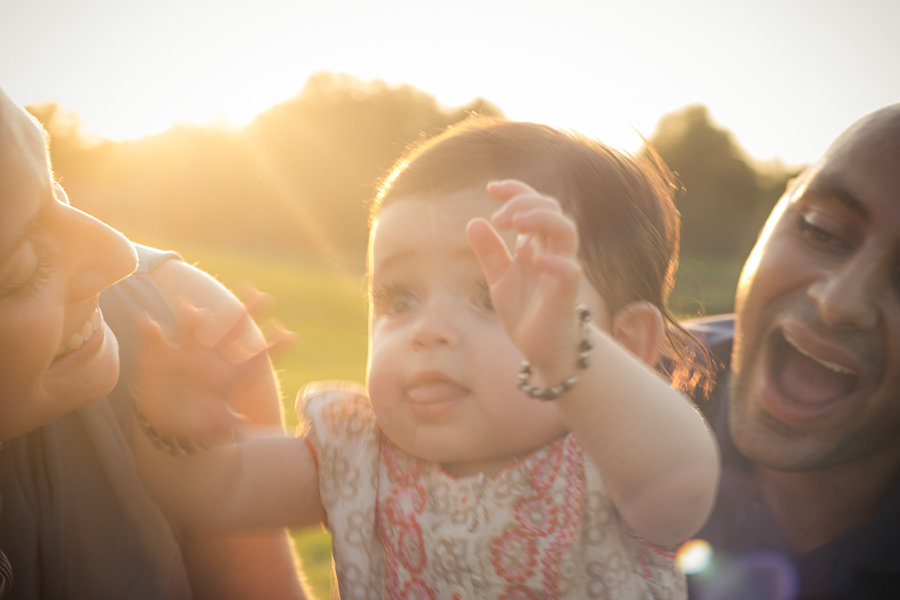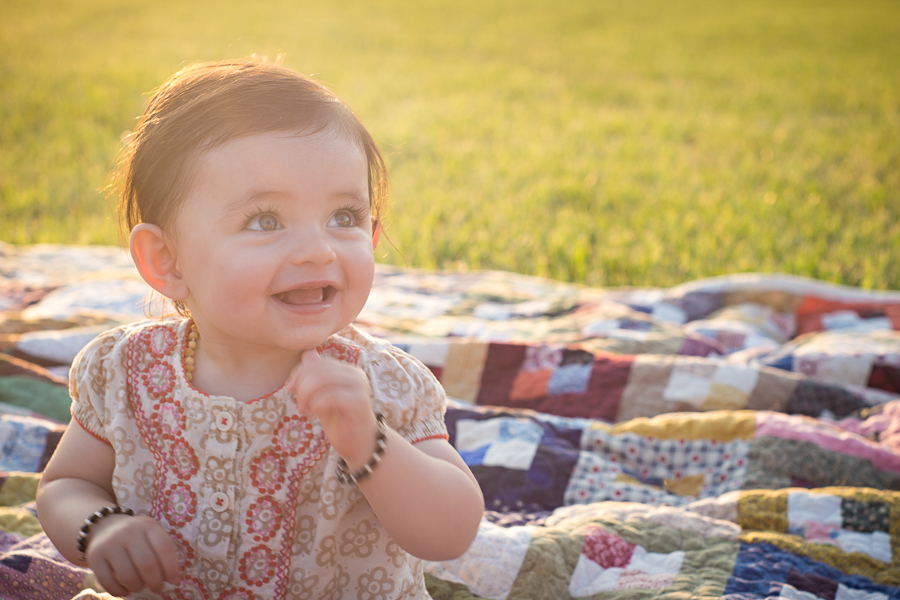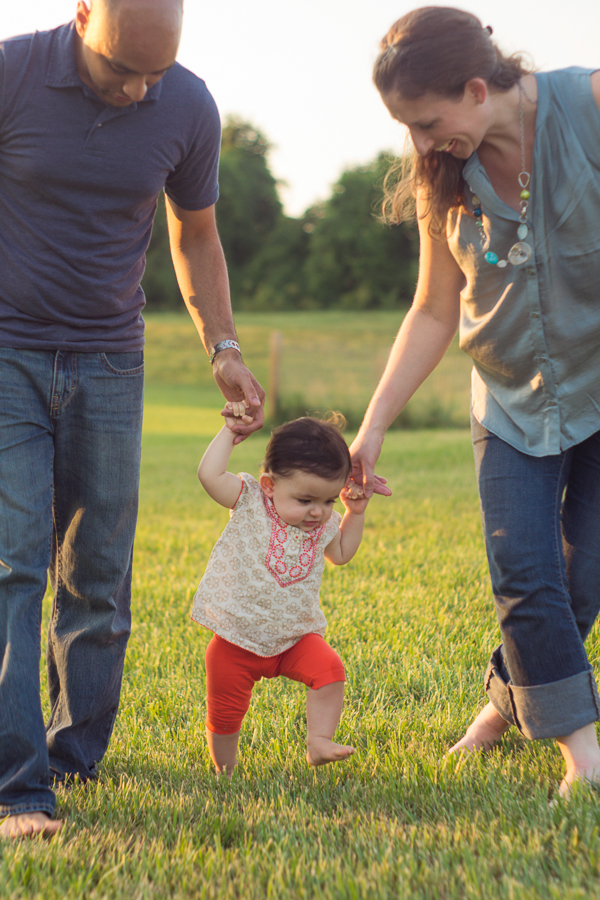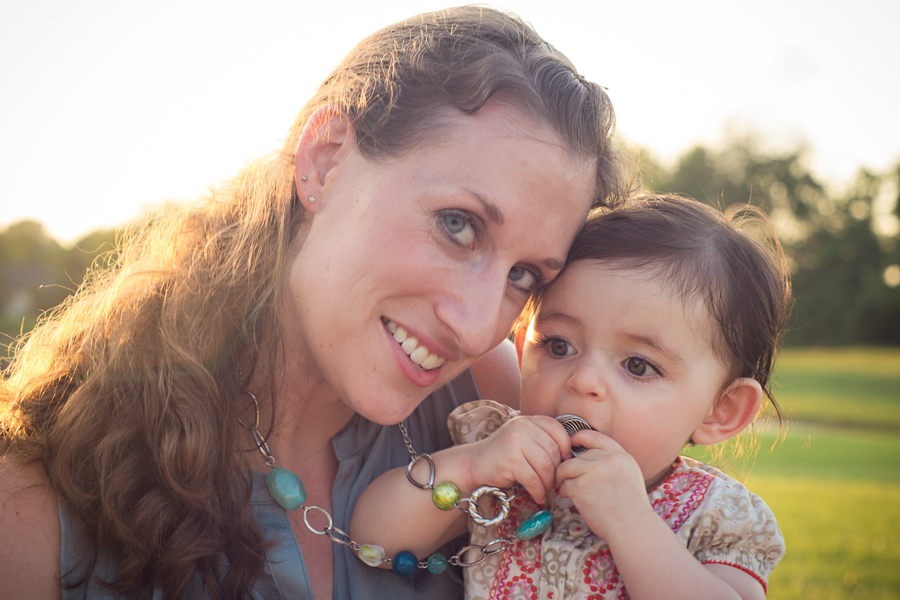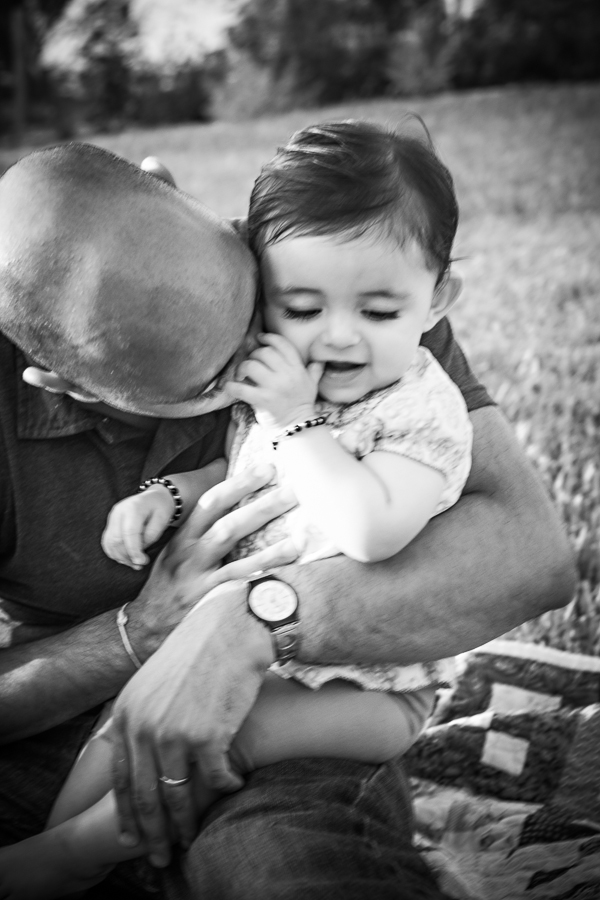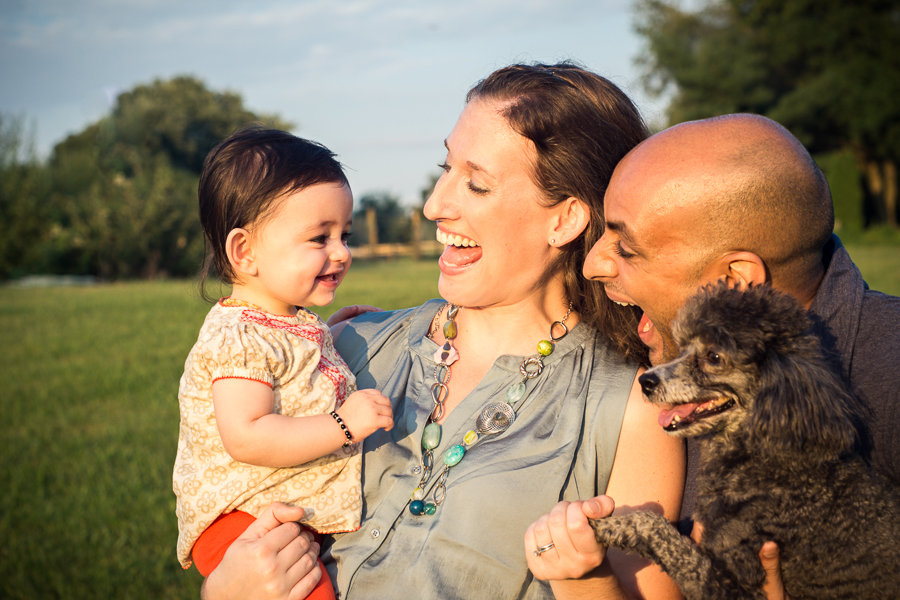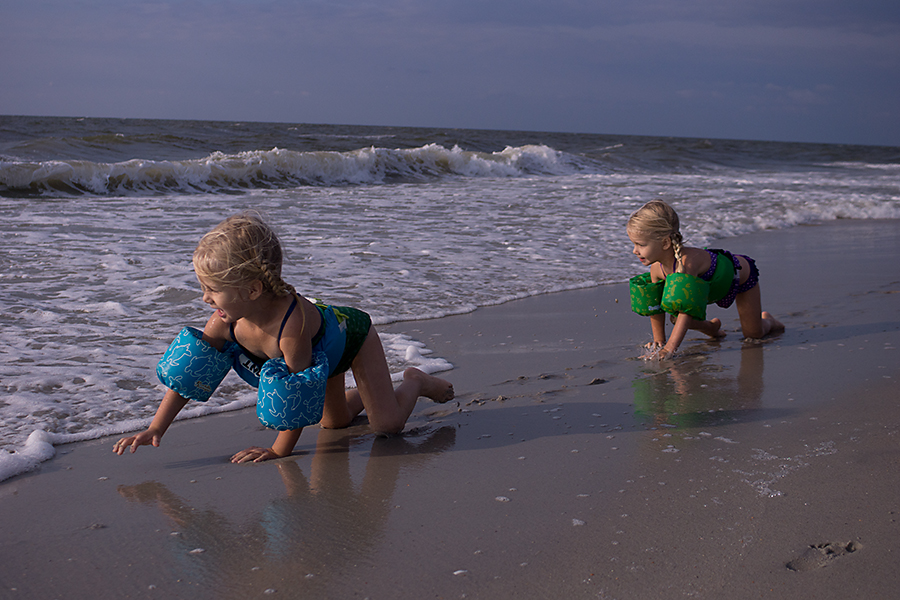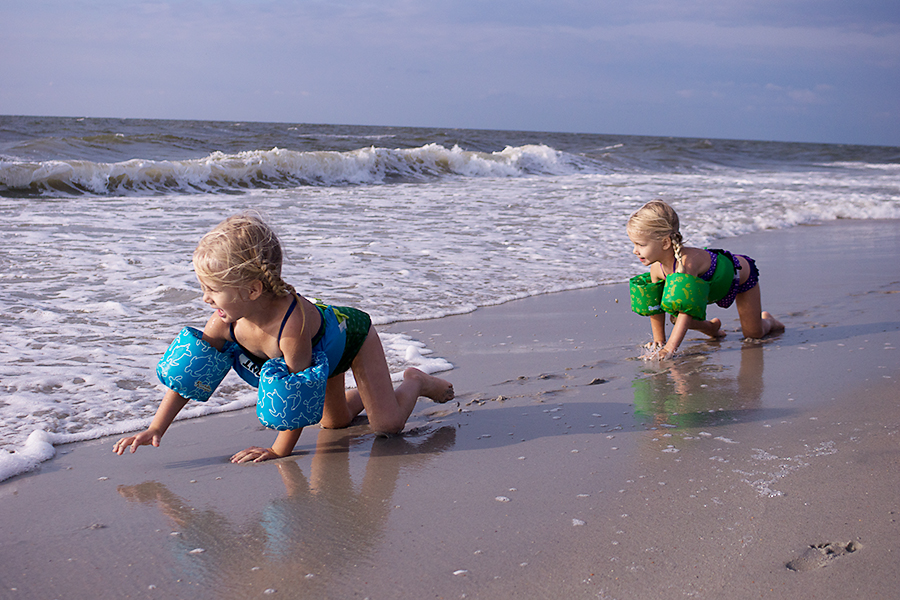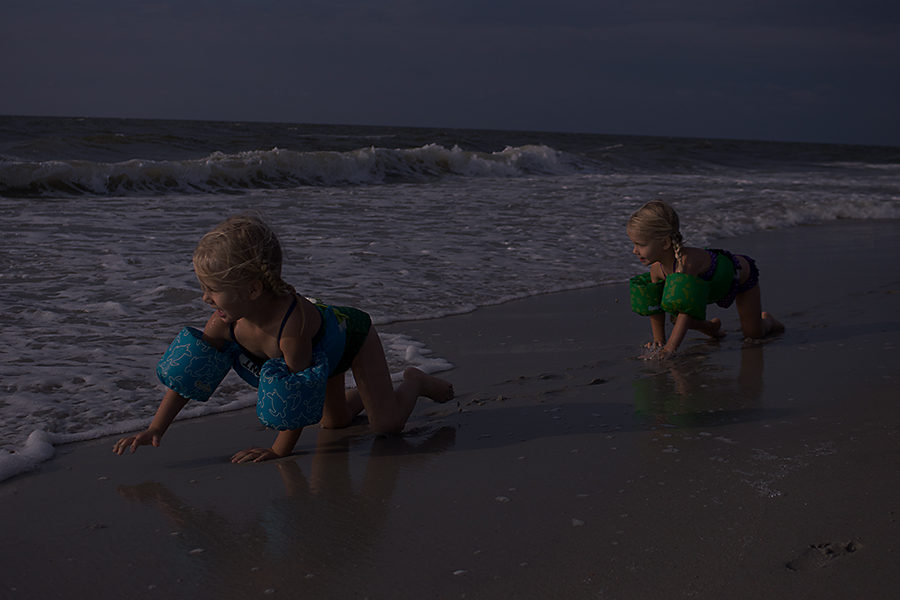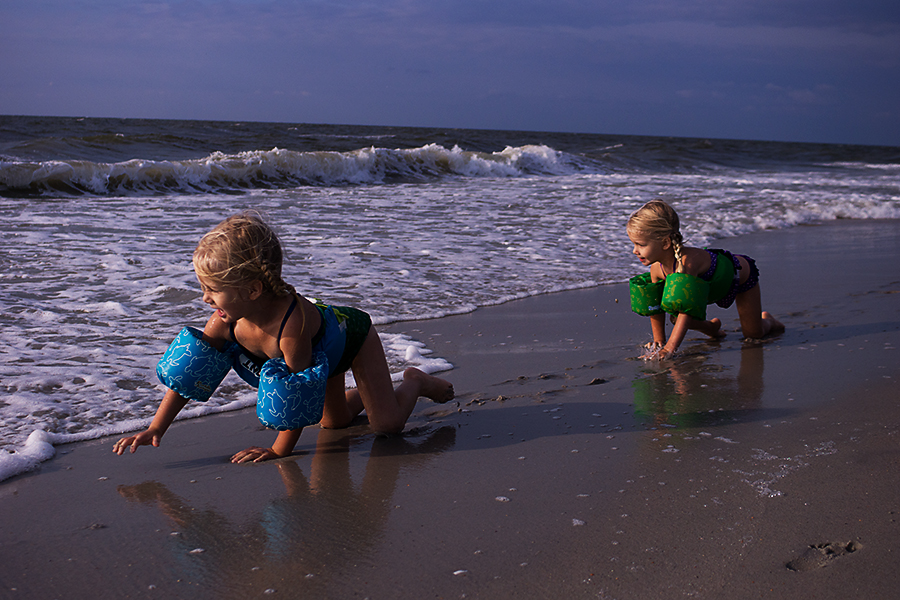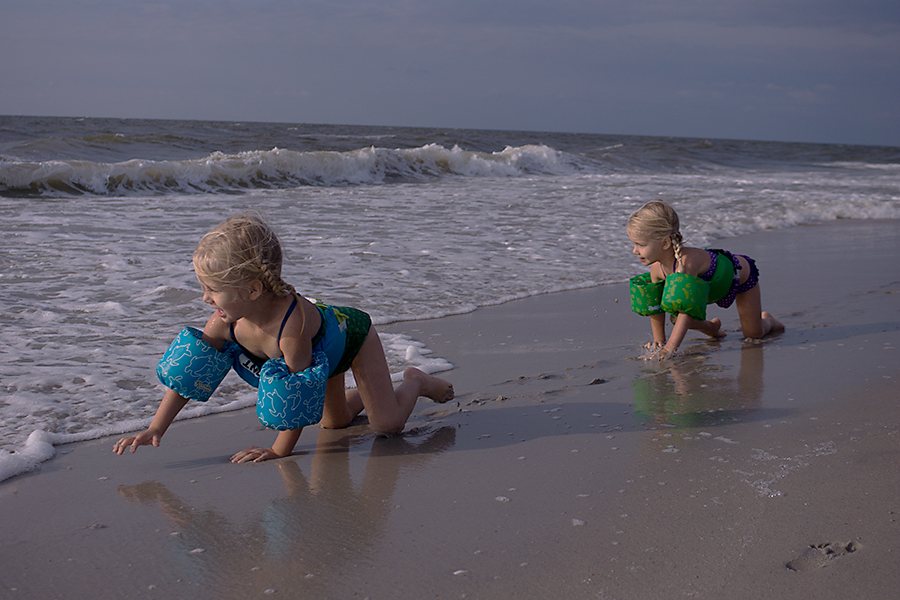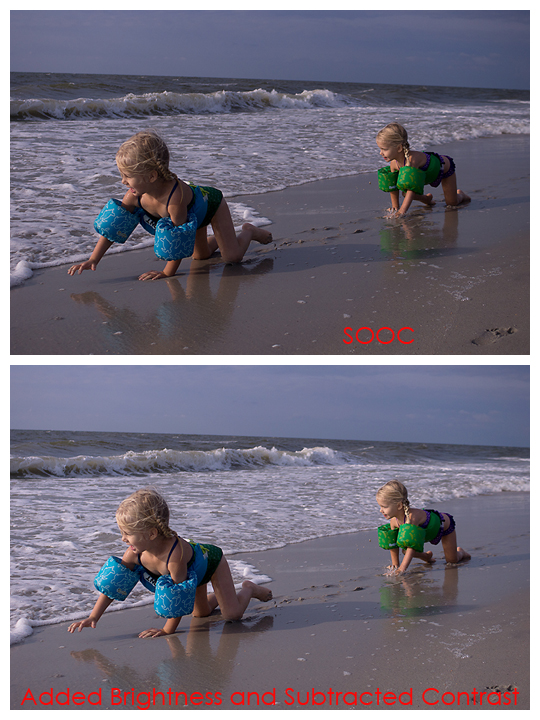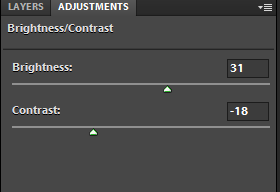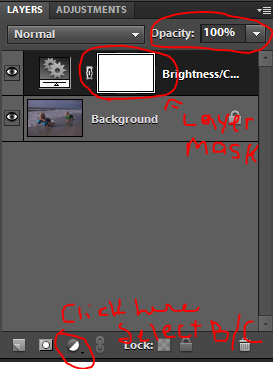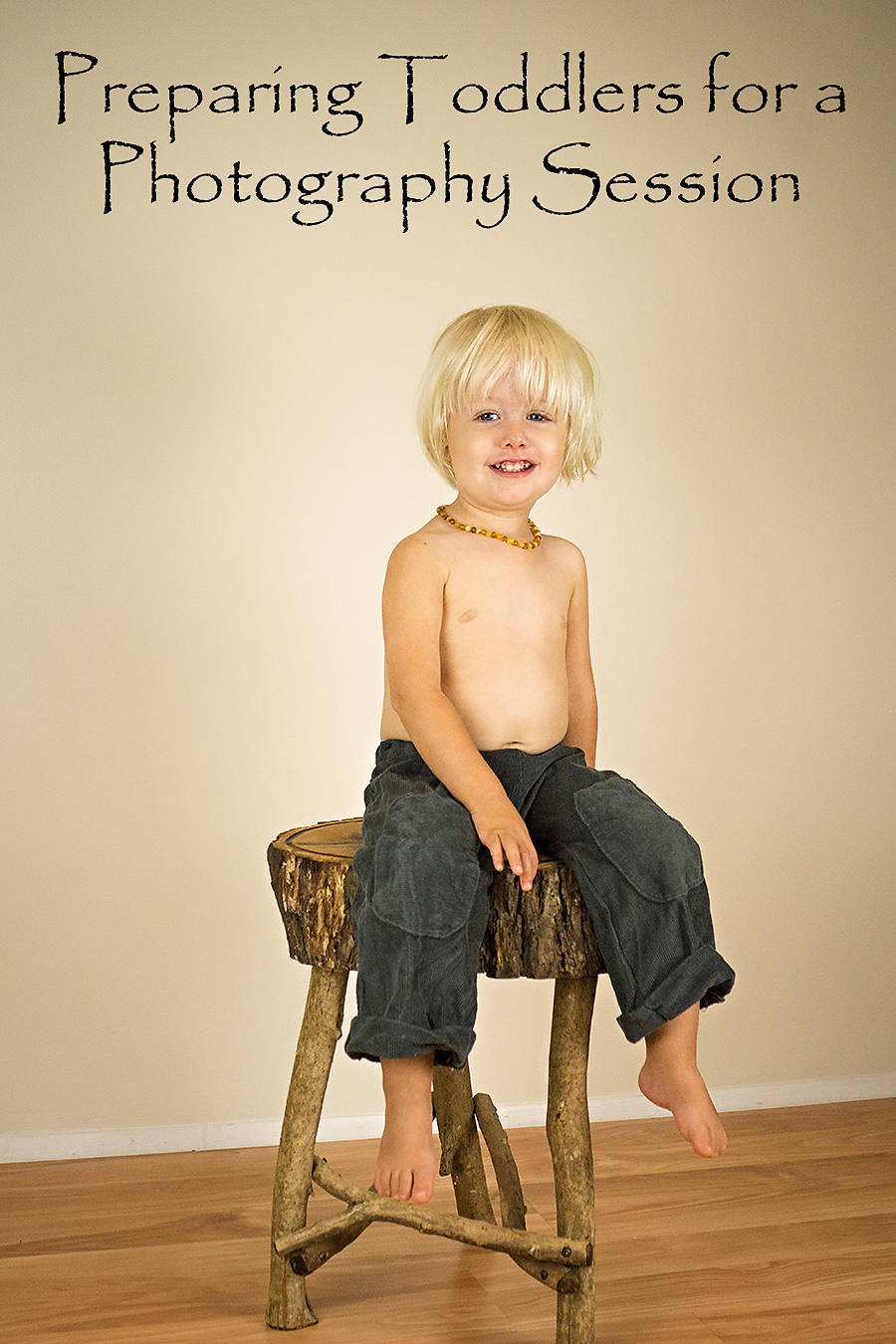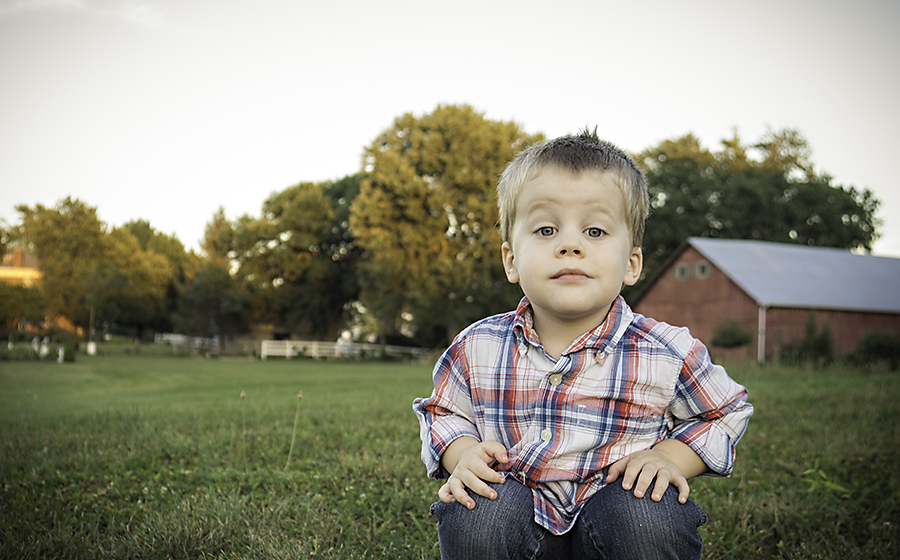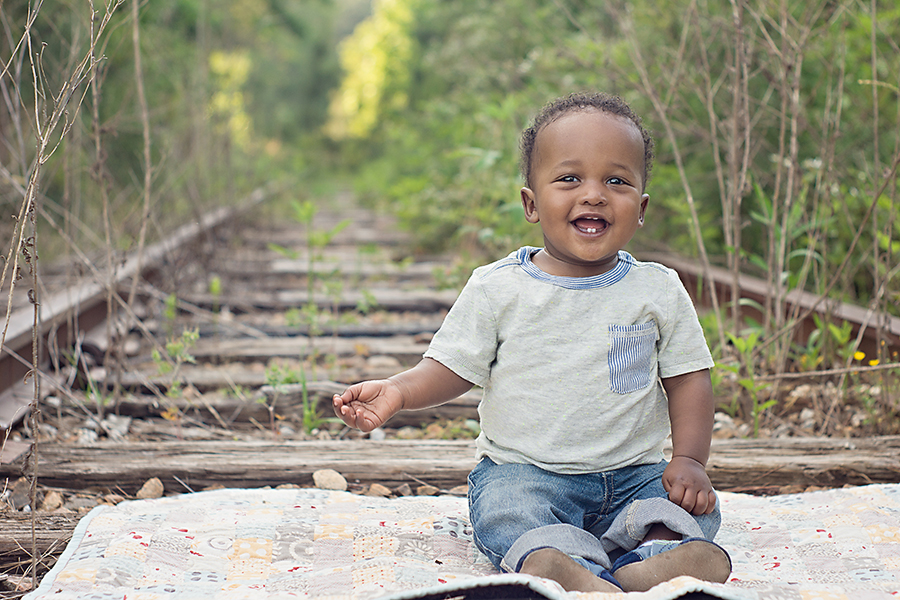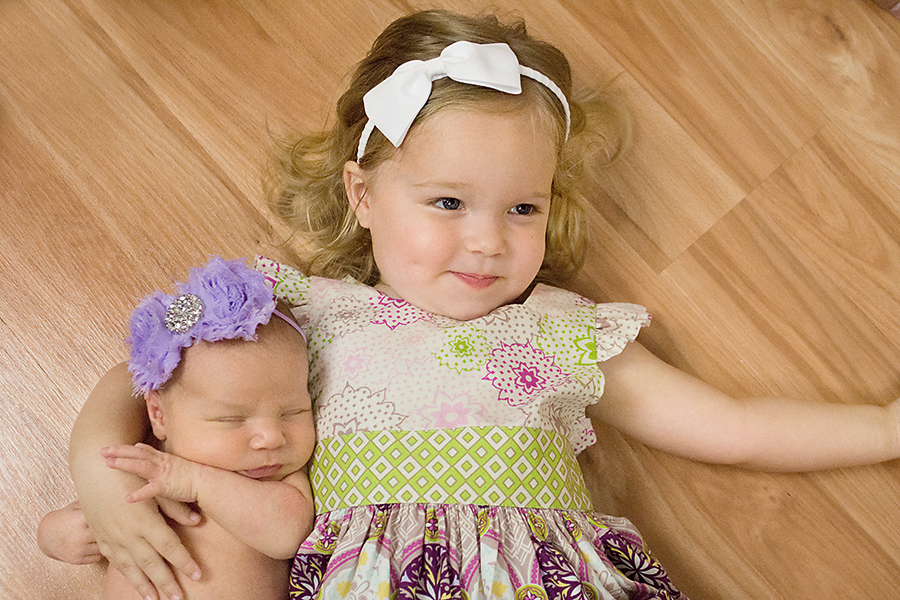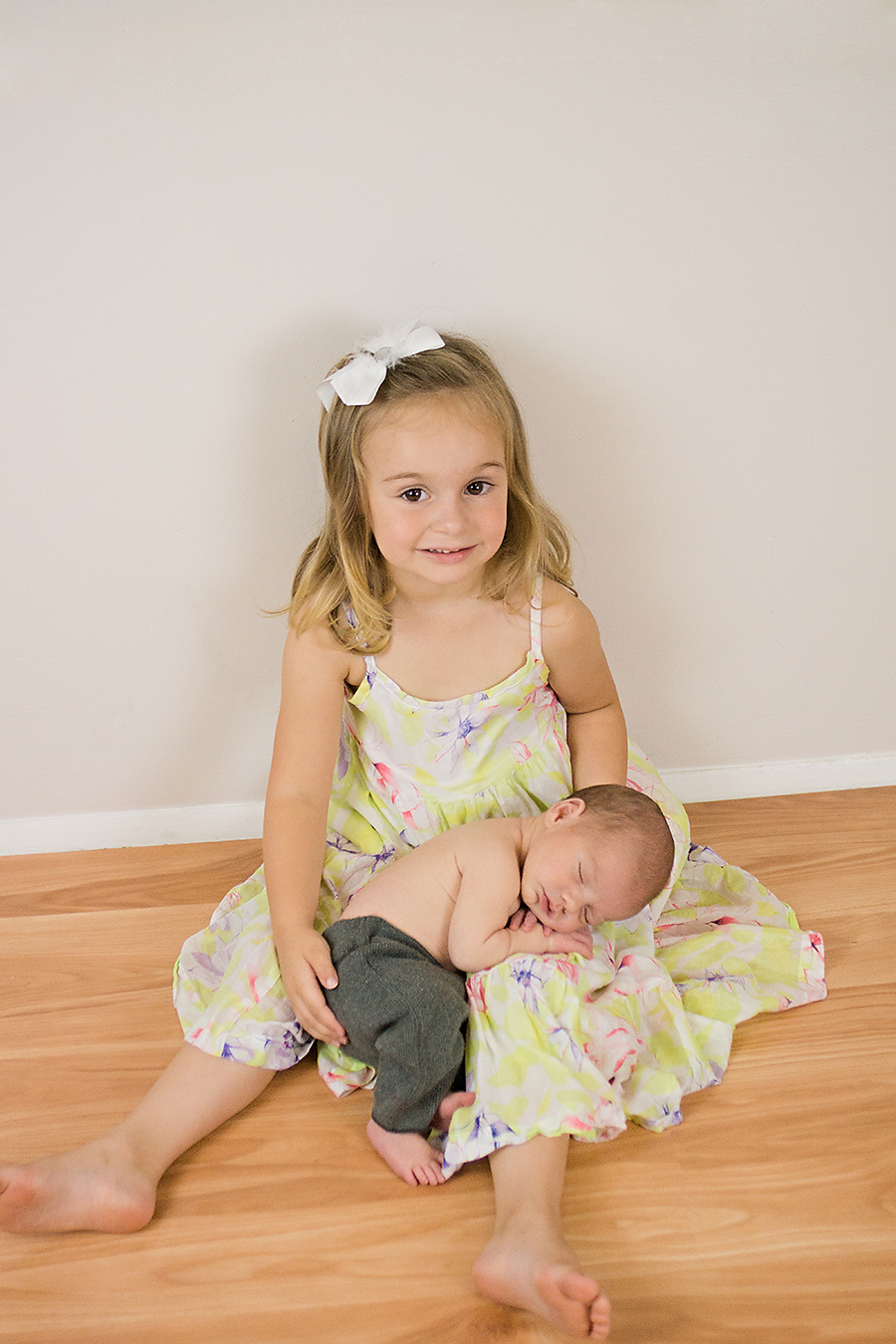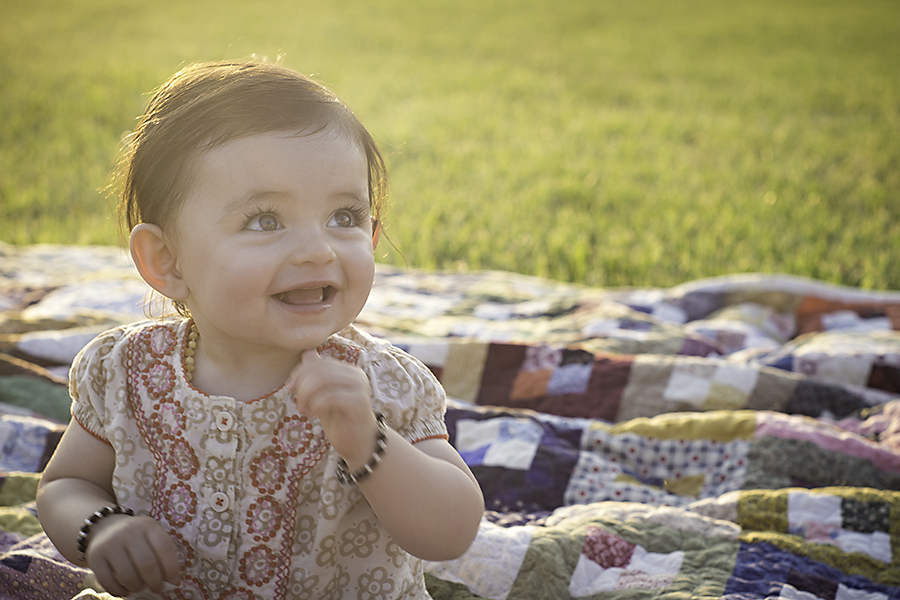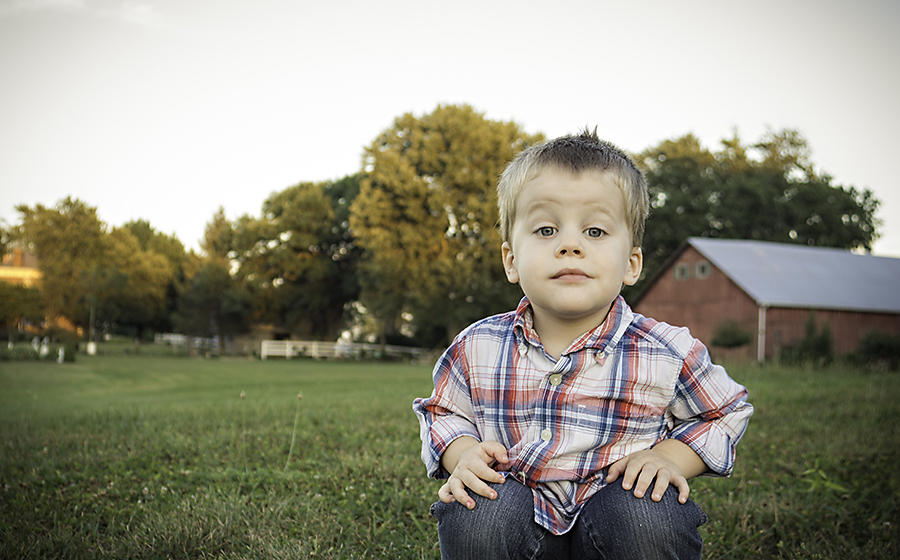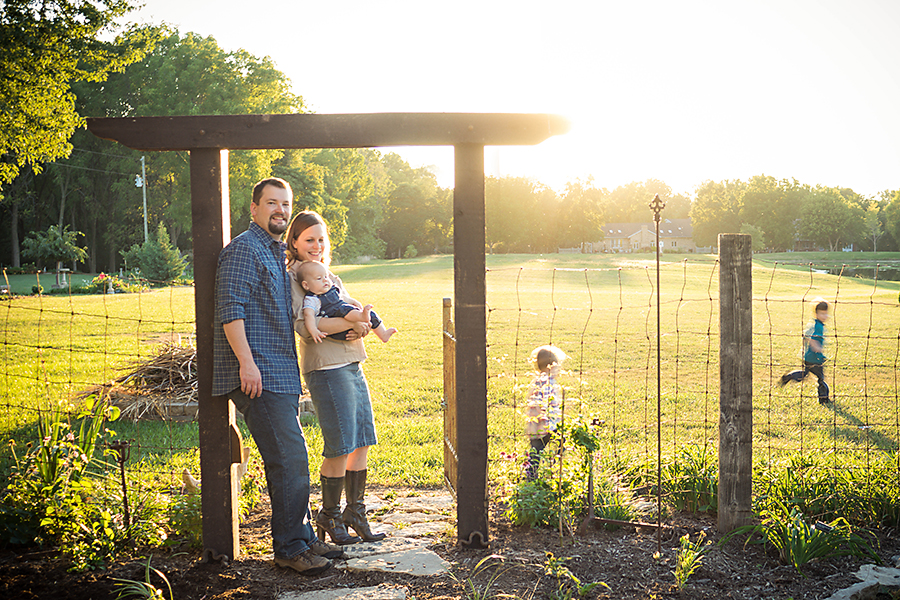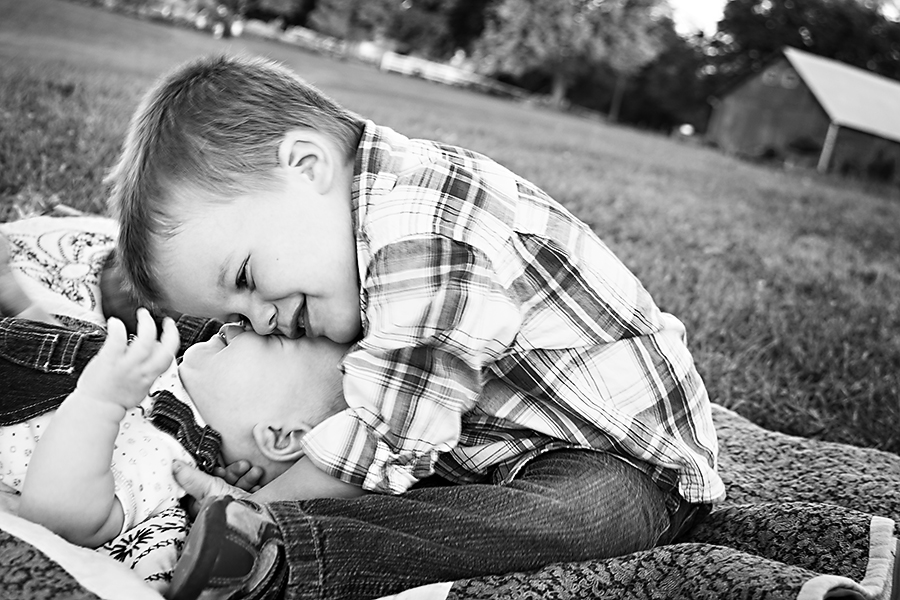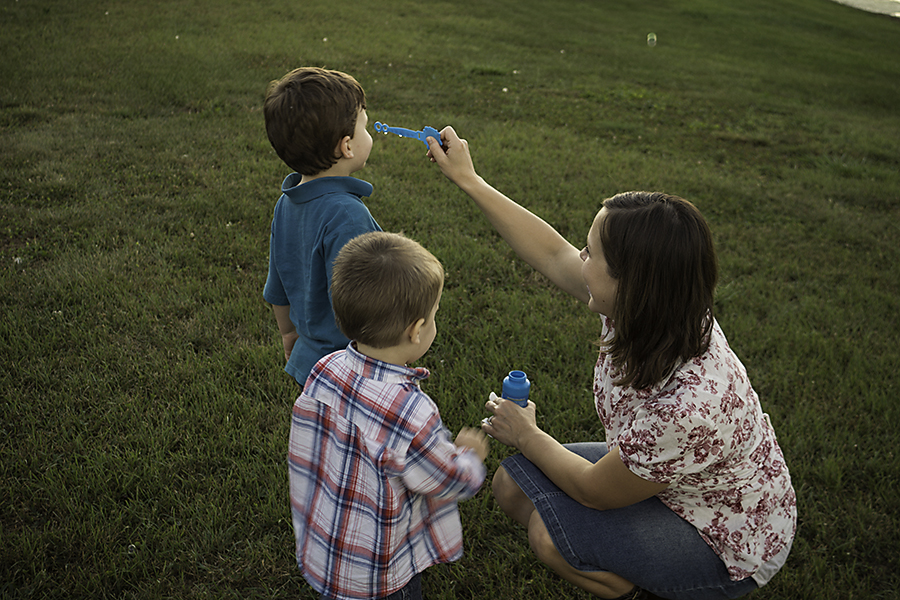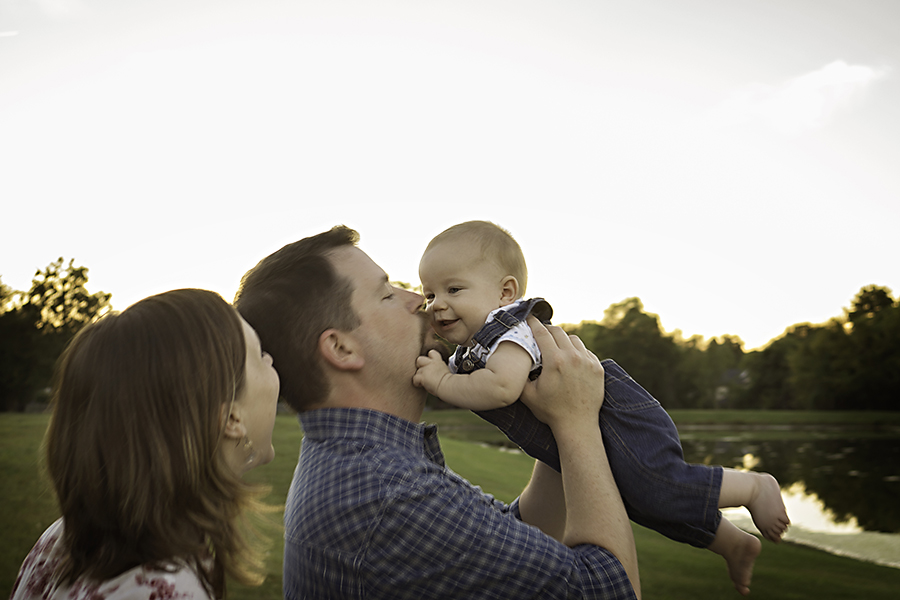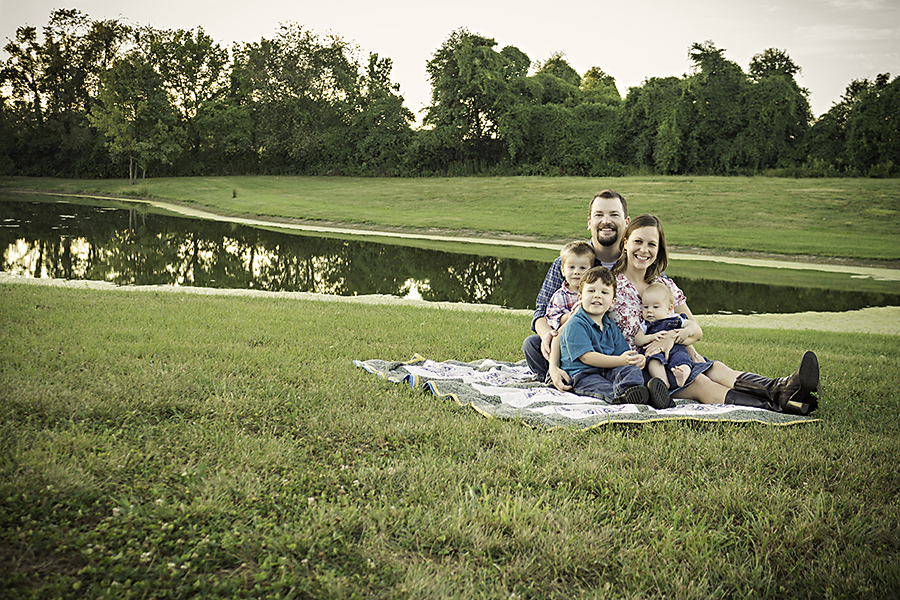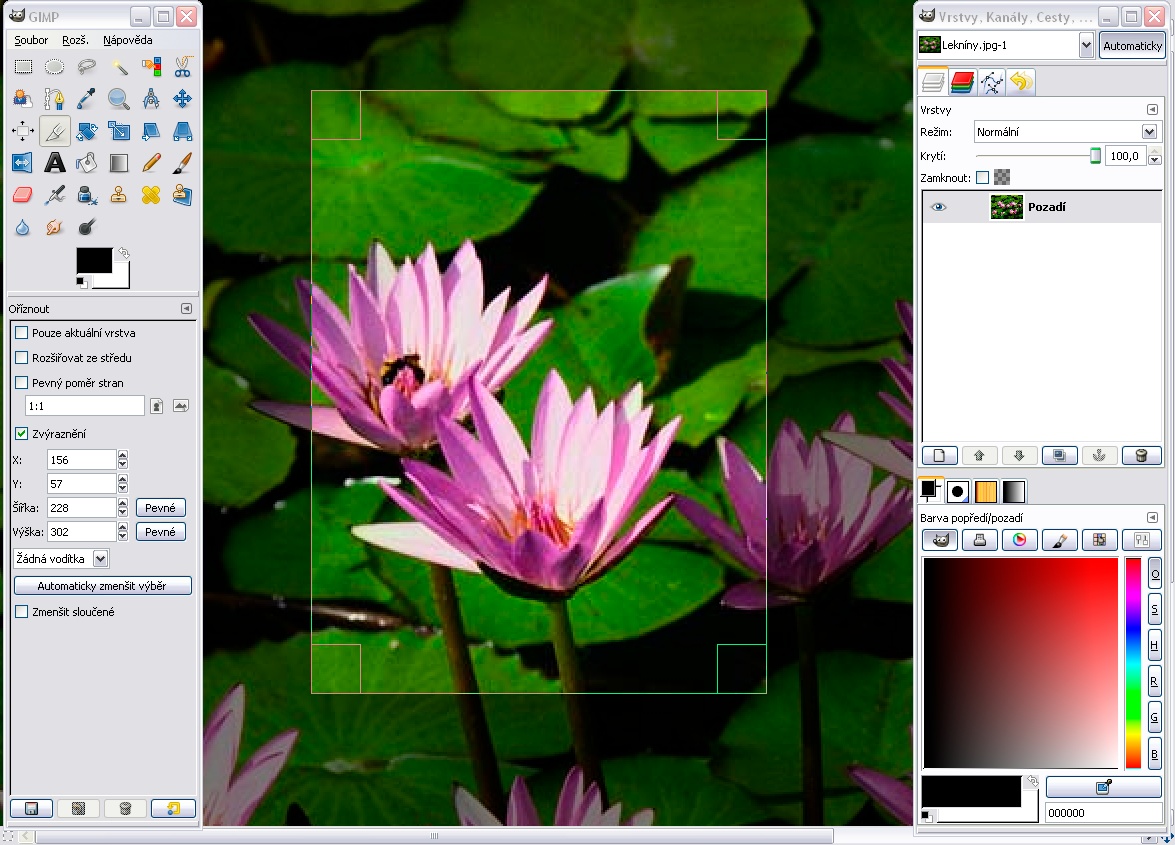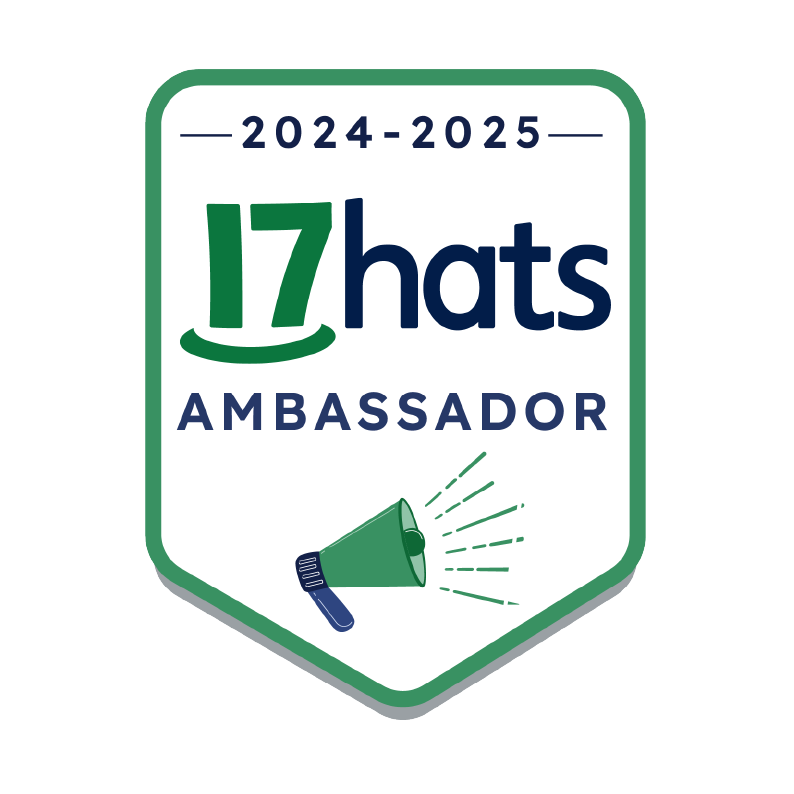21
2013The Amin Family were great sports for their Sunset Family Photography Simpsonville SC session. It was well over 85 degrees for this mini-session. Not once did anyone complain.
Lia had such ready smiles. She wasn’t people-shy at all, but Lia wanted to have Amanda or Mital in sight at all times.
Watching these three interact was really special. Amanda is a surgery resident, so this time away for their family where they could relax was so precious to them. There was a sweetness to their interactions that really blessed me.
My favorite image from this mini-session is this family portrait where even Noodle is making the same face trying to get Lia to laugh.
And Noodle really is laugh worthy. She fell right into the pond at the end of our time together. She thought the algae on the surface was grass and fell right in. Hilarious.
19
2013Editing tutorials from this class will have the following components: Definition of the functions to be highlighted, recommended uses, and a visual section where I show you how it’s done in Photoshop Elements (or maybe Lightroom if it’s similar). There will not be a lot of words in the sections showing you how to use these functions so if you need help using them comment and I’ll respond.
Definitions
I’ll try to make this visual. This is the SOOC image I’ll be working with.
Brightness
Brightness is really what it sounds like: how bright an image will be. It deals mainly with the quantity/quality of the whites in an image. The brightness slider will not fix under or over exposure but it will make your image brighter or darker when used.
Added Brightness (exaggerated)
Subtracted Brightness (exaggerated)
Contrast
Contrast is the amount of difference between black tones in an image and white or lighter tones. An image that is either all dark, all midtones, or all light lacks contrast; we call these types of images flat. Flat images lack depth.
Added Contrast (exaggerated)
Subtracted Contrast (exaggerated)
Final Image
I added brightness and took away contrast for this final image.
Here are the two together and the following is the screen shot of my adjustments in Photoshop Elements.
Recommended Uses
One of the ways I use the brightness slider is to lighten up skin tones. Usually I use this with a layer mask (tutorial coming) to make sure I don’t overdo it. But really brightness can be used to make any image have brighter or darker. Here I’d really recommend you experiment to learn what you like.
Contrast is best used to make a flat image deeper or to reduce contrast in an extremely contrasted scene. Most of the time you’ll find that your flattest images will be those which have lots of midtones and no white or black. Using the contrast slider will help you create depth with these flat images. Likewise, reducing contrast in a scene where you have lots of white and black will emphasize the midtones.
Visual Instructions for Use in Photoshop Elements
***Note: I use Photoshop Elements 9 which is almost 3 years old. Your interface may look slightly differently.
To launch Brightness/Contrast in PSE, you click this half circle thing and then select “Brightness/Contrast”. Depending on how your interface is set up, either PSE will bring up an adjustment layer beneath your Layers Palette or you’ll have to click the Adjustments tab next to your the Layer Palette.
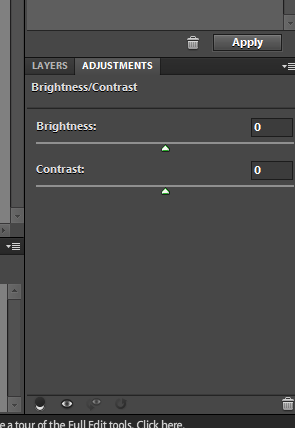
Moving the sliders to the right will increase brightness/contrast and moving to the left will reduce brightness/contrast.
18
2013I photograph babies and toddlers frequently. Sometimes on their own or with their family and sometimes as the proud big sibling of a newborn. I’ve noticed some commonalities between the ones who do very well and thought it might be nice to share with you what I’ve learned about preparing toddlers for a photography session.
Tips for Preparing Toddlers for a Photography Session
- Schedule the session for their best hours. Pick the time when they’re naturally happiest. Photographers love to schedule during the hour before sunset because of beautiful lighting, but if your baby is grumpy at bedtime rather than just silly/giddy schedule for an alternate time.

- Tell your photographer about your child in your pre-session phone consult. Share what makes them happy and sad. Tell about their favorite toys. Tell about their favorite TV or book characters. What are their favorite songs or games? The more your photographer knows about your child, the easier it will be fore them to connect with your child. I’m personally a fan of my toddlers showing up with their favorite toys, lovies, or even rain boots on. I sometimes run to the library to check out their favorite book to read to them before pulling out the camera.
- Talk to your child frequently about the upcoming photography session Tell them your photographers name. If you’re having an outdoor session, tell them about how you’ll play and tickle. If you’re having a studio session talk to them about how the lights flash and make noises. Even one year olds understand a significant amount of what you’re saying. Two year olds will be much more comfortable with the photographer and the session with this type of verbal processing. Three and four year olds will likely walk right into the session and start asking the photographer questions based these talks and your pretend play.
- Use your imaginations to play photographer Dress them up in their photo clothes and use your camera. Have them follow your instructions. “Climb up on this.” “Stand on one foot.” “Put your hands on your cheeks.” Practice getting them to smile with jokes or stories and refrain from teaching them to “Say cheese!” Show them the pictures and then allow them to play photographer with a pretend or child safe camera.If you’re doing a newborn session with a young toddler (under 3), practice having your toddler lay on her back with a baby doll swaddled over their arm. Once baby is born, let them hold baby on your bed in this same way.

With a child older than 3, have them sit criss-cross applesauce (Indian style for us old schoolers) or with legs extended, lay the swaddled baby on heir laps, and have them support the baby’s back. Always stay close to your newborn when practicing these scenarios.
- Talk about behavior expectations. Children don’t know what is expected of them unless you tell them. Tell them they’ll need to follow directions and not throw fits. Be silly and show them what throwing a fit looks like. Reiterate these expectations while driving to your session.
- Consider positive reinforcement. A matchbox car or a tube of Chapstick should easily do the trick for a younger child. Chocolate chips or a special treat after the session are also good motivators for older children.
- Bring food. There is nothing worse that a cranky hungry toddler. Enough said. Try to stay away from food that will leave marks or crumbs on your child. Cheese, cheerios, grapes, or raisins are all great choices.
- Once you arrive at your session, introduce the photographer by name and make them feel like the session is all about them. “Child, this is Melissa. She is so excited to take pictures of you just like we’ve been practicing. She’s going to be so excited to see how fantastic you are behind the camera!” Your excitement should be contagious.
- When the photographer is shooting, let him/her get your child’s attention and direct them. The only exception to this should be if the photographer asks for your help or if there is a discipline issue you need to correct.
- Know when to say that’s enough. The average baby/toddler attention span is 10-20 minutes. A great photographer will have any more formal posing done in that time or be wise about interspersing tons of play between specific instructions. When you bring an older child(ren) to a newborn session, have dad or grandma take the bigger siblings to a park or home after the family portraiture.

I hope these tips help to create a great child photography session for you.
14
2013When I volunteered to do mini-sessions at Julia’s house in St. Louis, I had no idea what to expect. I didn’t know where I would be shooting. I didn’t know if anyone would book. I didn’t know if the families who chose to book me would share my vision for fun family photography in a documentary style.
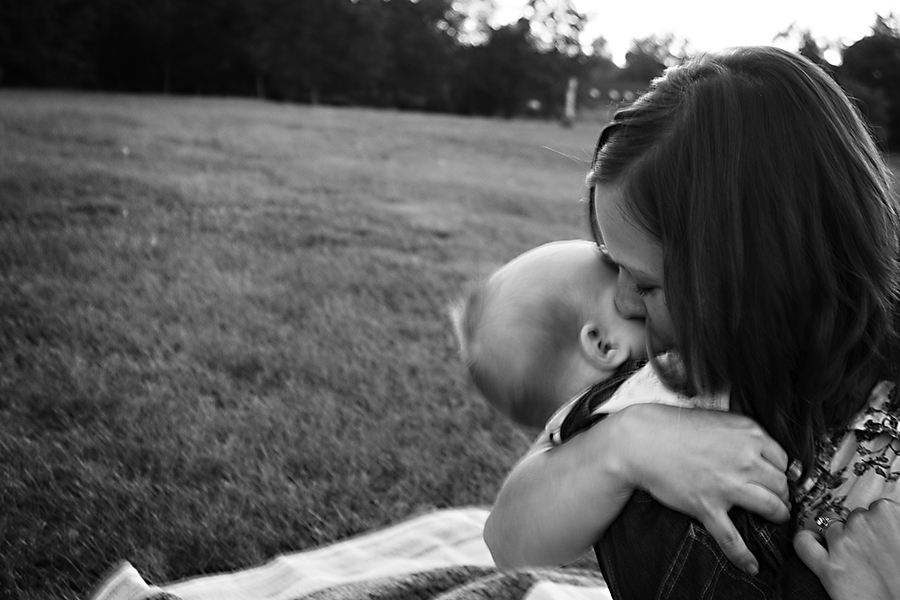
Alice was the first to book and she soothed all my fears.
Her favorite images are my favorite images.
Her boys were the most loved and well behaved little boys I have ever met.
But most of all, Alice took the time to thank me and tell me which images were her favorite. That was a huge gift to my soul.
12
2013We’ve worked all year on trying to take the best Straight out of the Camera (SOOC) images that we possibly can. Today, I’m going to give you a brief overview of the editing software on the market.
After all this work to make almost perfect SOOC images, it sort of feels weird to be pointing you toward software to make things look even better. Yet, even the great film photographers played with their images in the darkroom: dodging, burning, contrast filters, and extra or less developing time for darker or brighter images were all used to improve on the original. I’m not saying it’s necessary by any means. If you don’t want to use editing software, go right ahead and ignore this series.
Gimp
Gimp is a free graphics manipulation program. It provides a lot of the same functions as Photoshop Elements, but I’ve read that the interface is less intuitive the PSE. I know very little about it (although I do believe I used it prior to purchasing Elements 9).
Photoshop Elements
Photoshop Elements costs around $80 dollars . This is the program that I use currently for all of my editing. I’m just now starting to outgrow it and hunger for a few more capabilities in Lightroom or full Photoshop. All around I think PSE is a great investment for the beginner photographer. Like GIMP, I feel that PSE isn’t extremely intuitive to learn and it took me over a year to feel proficient. Most of my PSE learning came from Amanda at Everyday Elements.
Adobe Lightroom
Adobe Lightroom costs twice as much as PSE at around $140. Lighroom is beyond amazing at a few things: cataloging all your files, editing multiple files from the same series all at one time (a huge time saver), working with RAW files, and some specific editing like skin smoothing and such. Combine Lightroom with PSE and I think most professional photographers would find this a very powerful combination. I just bit the bullet and purchased LR because it’s taking me so long to do each file individually rather than doing some things in a batch.
Photoshop Creative Suite or Creative Cloud
Photoshop just went to a model they’re calling Creative Cloud. Basically, full Photoshop will only be available through a subscription service rather than as a software that you’ve purchased and owned. This has created a ton of outrage in the photography and graphic design communities. Creative Cloud is cheaper for a full year than purchasing the last software copy Photoshop Creative Suite 6, but most PS users didn’t upgrade for 2-5 years which is the cause of the outrage in the photography/design communities.
Is full PS better than a PSE/Lightroom combination? Yes. Would I recommend this software for a beginner photographer? No. Therefore, this will be the only discussion on this software during this series. If you have Photoshop (even an ancient version) I recommend reading 10 Essential Photoshop Skills if you’d like to learn to use it better.
Editing Posts
I’ll be writing a short series of editing posts through November/December while ya’ll work on your Final Projects. There will be no assignments, but feel free to use what you learn however you would like. All of my editing posts will be written using Photoshop Elements 9 or 12 as my visual guide. I just purchased LR so I may toss in a few tutorials from there: especially when I’m talking about black and white conversions. If you don’t have PSE and are using GIMP or Lightroom or Photoshop, feel free to Google the topic I’m talking about. Maybe “How to use Levels in GIMP/Lightroom/Photoshop?” I’m sure a quick and easy visual tutorial to using that function in your program will arise 🙂
***Disclosure: links in this post to Amazon and FlatBooks are affiliate links. If you purchase software or a book, I will receive minor compensation. Maybe enough to buy a back up camera battery, but not enough to buy a Sony a99. 😉 I have linked to these products because I think they’re helpful for you. Thank you for supporting me through purchasing or just reading my thoughts 🙂
